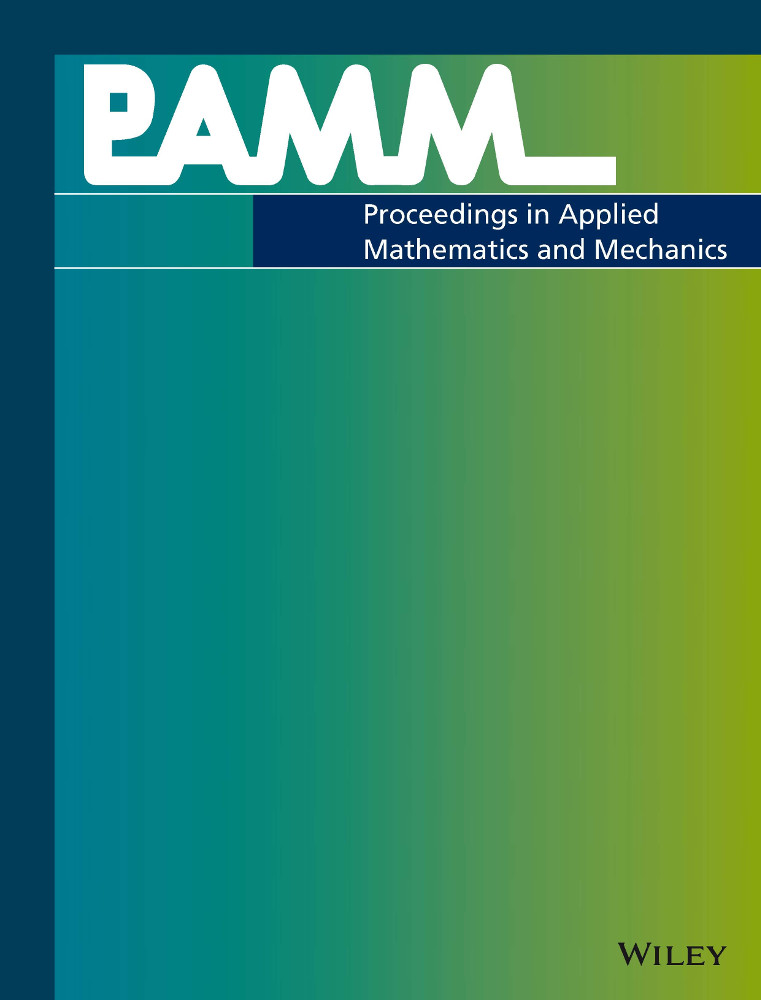Consideration of chemically-induced damage in a thermo-electrically coupled system
Abstract
Electro-chemical machining (ECM) allows the removal of material based on the effect of anodic dissolution and without mechanical contact. Thus, it avoids tool abrasion as well as influencing the surface quality, for instance due to formed dislocations and/or damage. Due to that, ECM is a very attractive machining process for high strength materials such as titanium.
The effect of anodic dissolution is a result of a present electric current in combination with the contact with an electrolyte. We show a material model, which enables to predict the mentioned effect by use of a chemically motivated damage of the material based on Faraday's law. After the approach's introduction, we will address its consideration within a thermo-electrically coupled finite element method by using effective material parameters that differ between metal and electrolyte. The presentation is completed by the numerical results, which show the method's ability to simulate the ECM process.




